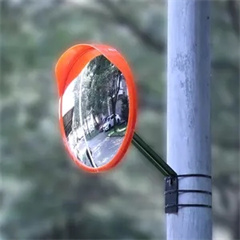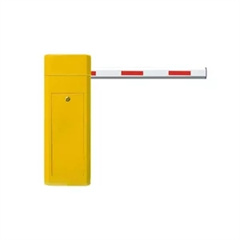- Read the Signage:
Start by thoroughly reading the parking signs in the area where you plan to park. Pay close attention to the text, symbols, and any additional information provided on the signs.
- Identify Sign Colors:
Recognize the significance of sign colors:
- Red Signs: Often indicate restrictions like “No Parking” or “No Stopping.”
- Blue Signs: Typically represent handicap parking regulations.
- Green Signs: Usually indicate time-limited parking or non-restrictive regulations.
- Understand Symbols and Icons:
Familiarize yourself with common symbols:
- “P” (Parking): Indicates that parking is allowed in the specified area.
- Circle with a Slash (No Symbol): Signifies that parking is prohibited where it appears.
- Wheelchair Symbol: Indicates reserved parking for individuals with disabilities.
- Arrows: May indicate the direction in which parking regulations apply.
- Note Time Restrictions:
Pay attention to the hours and days mentioned on the signs. This information specifies when parking regulations are in effect. For example:
- “8 AM – 6 PM”: You can park only during these hours.
- “Mon-Fri”: Regulations apply on weekdays.
- “Except Sundays and Holidays”: Parking is permitted every day except Sundays and holidays.
- Consider Distance Restrictions:
Some signs specify minimum distances for parking near objects like fire hydrants or intersections. Ensure you’re parked at the correct distance as indicated.
- Read Additional Text:
Examine any accompanying text on the sign, as it provides context or clarifies restrictions. For instance:
- “Loading Zone”: This area is designated for loading and unloading only.
- “Residential Permit Parking”: Parking is restricted to residents with permits.
- Check for Payment Information:
If you’re in a metered parking area, look for signs displaying the cost per hour and the hours during which payment is required.
- Beware of Tow-Away Zones:
Be cautious when you see signs warning that vehicles parked in specific areas will be towed away at the owner’s expense. These zones are typically marked as “Tow Away Zone” or similar.
- Understand Loading/Unloading Zones:
Signs in loading/unloading zones specify time limits and purposes, such as “15 Minutes for Loading/Unloading Only.”
- Recognize Special Symbols:
Be aware of unique symbols representing certain parking regulations, like a shopping cart symbol for grocery store parking restrictions.
- Refer to Local Regulations:
Always adhere to local traffic laws and regulations. If you’re unsure about a particular sign’s meaning, consult local traffic authorities or check official websites for clarification.
- Use Technology:
Consider using smartphone apps or online maps that provide information about parking regulations in real-time. Some apps can help you find available parking spots and navigate complex parking rules.
- Document Your Parking Spot:
If in doubt or parking in an unfamiliar area, take a photo of your parking spot and the relevant signs for reference.
Demystifying parking regulations is essential to avoid fines and towing. By breaking down the components of parking signs and understanding their common meanings, you can confidently navigate parking rules in various locations. Always err on the side of caution, and when in doubt, consult local authorities for guidance.







